Deep Venous Thrombosis (DVT)
A Deep Venous Thrombosis (DVT) is a blood clot that forms in the deep veins in the body. This can occlude blood flow and cause swelling and pain in the extremities. DVTs have the potential to be very dangerous because they can travel and cause blockage of blood flow to the lungs. Some medical conditions put patients at risk of developing DVTs.
Risk Factors
- Inactivity, recent periods of prolonged sitting or travel
- Recent surgery
- Patients who have injury to the vein caused by a catheter
- Cancer
- Hereditary conditions like Factor V Leiden.
- Smoking
- Pregnancy
Symptoms
- Swelling in the affected leg or arm
- A cramping pain in the affected limb
- If a DVT travels to the lungs it can cause a pulmonary embolism, or PE. Symptoms of a pulmonary embolism includes sudden shortness of breath, rapid breathing and rapid pulse
Diagnosis
- Venous Doppler US: An ultrasound test that looks at the veins and identifies blood clots
Treatment
- Anticoagulation Medication: Patients may be placed on IV or oral anticoagulation agents, commonly referred to as blood thinners, to prevent further clots and to decrease the size of existing clots. The duration of therapy depends on the patient's medical history
- IVC Filter: Patients who are unable to tolerate anticoagulation may be candidates for IVC Filter placement. An IVC Filter is placed by our surgeons in the large vein beneath the heart, the Inferior vena cava. This prevents the blood clot from going to the lungs
- Compression Stockings: compression stockings help with patients' leg swelling. They may also help with the formation of new clots
Learn more
Peripheral Artery Disease (PAD)
Varicose and Spider Veins
Deep Venous Thrombosis (DVT)
Abdominal Aortic Aneurysm (AAA)
Peripheral Aneurysmal Disease
Carotid Artery Disease
Dialysis Access
Wound Care
Vascular Lab
Giant Cell Arteritis
Lymphedema
Mesenteric Ischemia

Peripheral Artery Disease
Peripheral Artery Disease, commonly referred to as PAD, is a chronic condition...
Read More

Varicose and Spider Veins
Varicose veins are twisted, enlarged veins, most commonly found in the legs....
Read More
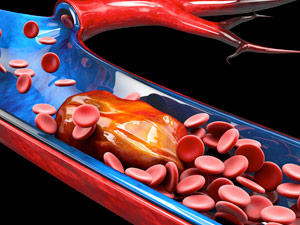
Deep Venous Thrombosis
A Deep Venous Thrombosis (DVT) is a blood clot that forms in the deep veins in the body....
Read More

Abdominal Aortic Aneurysm
The aorta is the largest artery in the body. The walls of the segment of the aorta in the abdomen...
Read More
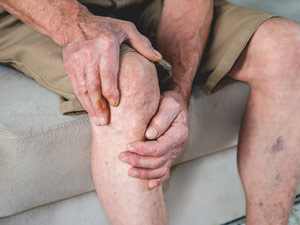
Peripheral Aneurysmal Disease
An aneurysm is a bulging of the artery caused by the weakening of the walls of the artery....
Read More
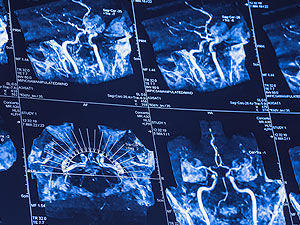
Carotid Artery Disease
Stenosis, or stiffening, of the carotid arteries occurs when fatty deposits, or plaques, adhere to the walls...
Read More
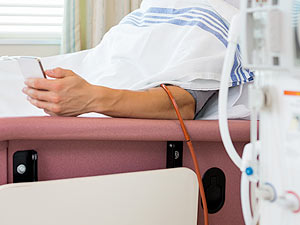
Dialysis Access
Our kidneys filter wastes and excess fluid from our bodies. Some patients suffer from...
Read More

Wound Care
Whether you’ve had a wound for a short period of time or wounds that recur over time, open wounds can interfere...
Read More

Vascular Lab
Ultrasound exams, also called sonograms, are painless, fast and especially useful to help your physician diagnosis...
Read More

Giant Cell Arteritis
Giant cell arteritis is inflammation of the walls of the arteries, most commonly in the arteries in the head....
Read More
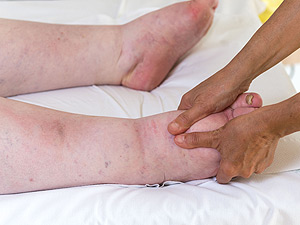
Lymphedema
Lymphedema is the buildup of lymph fluid in the arms or legs. Lymph fluid is usually filtered by lymph nodes,...
Read More
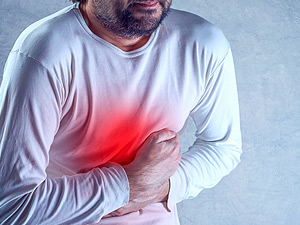
Mesenteric Ischemia
Mesenteric Ischemia is poor blood supply to the mesenteric organs, like the intestines, stomach, liver and colon....
Read More

Meet Our Team
Our surgeons see patients for aneurysmal diseases of the arteries, peripheral artery disease,...
Read More